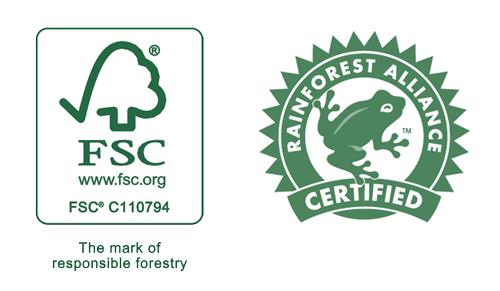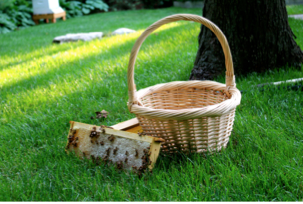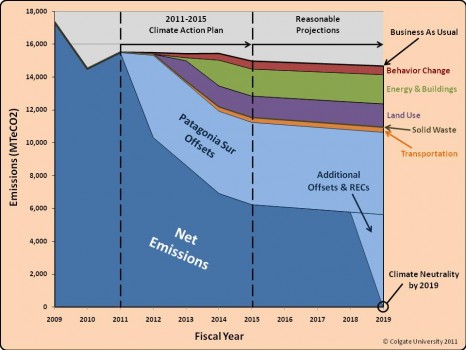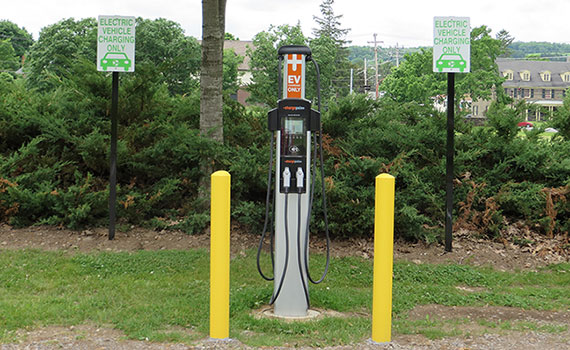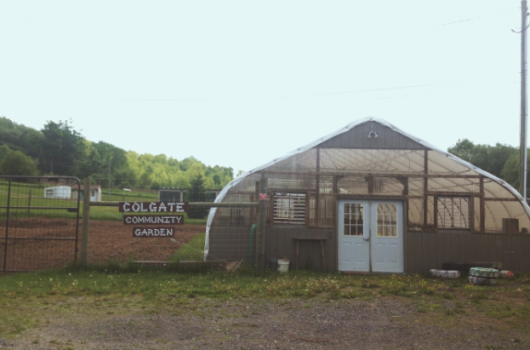Congratulations to Colgate’s Document Services for completing an extensive Forest Stewardship Council (FSC)® chain-of-custody sustainability audit. FSC® is an international organization that promotes responsible management of our world’s forests. The audit was led by the Printers Green Resource LLC InGreen Group, who is FSC is certified by the Rainforest Alliance. Rainforest Alliance is an accredited certifying body that can provide FSC certification and is widely regarded as the “Gold Standard” of forest certification programs. FSC’s chain-of-custody certification verifies Document Service’s high-level commitment to environmental stewardship and responsible business practices.
In the words of Kip Manwarren, Interim Director of Document Services, “I am excited that Colgate University Document & Mail Services is supporting both responsible forestry and the sustainability efforts of Colgate University through FSC chain-of-custody certification. Offering FSC certified printed documents reflects positively on Document Services and the way we do business. We take our part in conserving the forests of the world very seriously and are committed to doing our share to preserve the world’s natural resources. We are proud of our environmental record and will continue to pursue additional venues to lessen our impact on the environment.”
Located on the lower level of O’Connor Campus Center (Coop), Document Services provides copying and offset printing services as well as type and graphic design for students, faculty, staff, and administration. Products offered include; booklets, flyers, brochures, announcements, stationery, business cards, distributions, tickets, invitations, course packets, post cards and more. Document Services also provides assistance with copyright clearance and produces course packets which are available through the Colgate Bookstore. As an FSC certified printer, Document Services can add the FSC mark to any qualifying job to show that the piece was produced on responsibly sourced paper. If desired, the Rainforest Alliance Certified seal can also be added to the FSC trade marks. Both logos identify Document Service’s and Colgate University’s commitment to environmental stewardship and are valued by people everywhere who receive your documents!


